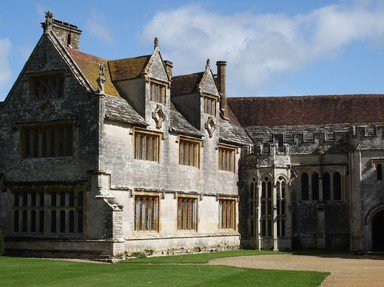Quiz Answer Key and Fun Facts
1. The senior officials on the borders were called wardens. Which of these have been described as part of the function of a warden?
2. In addition to the warden and his deputy there were other border officials. Which of these was a border official?
3. The border was divided into marches under the theoretical control of a warden. How many were there in total (for the two countries combined)?
4. How many original family tartans survive from the time of the reivers (16th century)?
5. Which of these words or phrases in common use on the border is not correctly defined?
6. What happened at (or in) the Solway Moss on 24 November 1542? The Moss is a bog just on the English side of the frontier near the Solway estuary.
7. The border families were given to feuding. One of the biggest family battles was on 6th December 1593 between 500 Johnstones (with Elliott, Scott, Irvine and Graham allies) and 2000 Maxwells. What were the casualties?
8. Who tended to be the victim of raids?
9. Who was at feud with whom was very complicated and changed over time. Also different branches of a family could be at feud with each other. Which of these statements is false?
10. The escape of Kinmont Willie from Carlisle castle, which inspired one of the most famous border ballads, was particularly noticeable because the castle was considered almost escape-proof.
Source: Author
TNREES
This quiz was reviewed by FunTrivia editor
bloomsby before going online.
Any errors found in FunTrivia content are routinely corrected through our feedback system.
